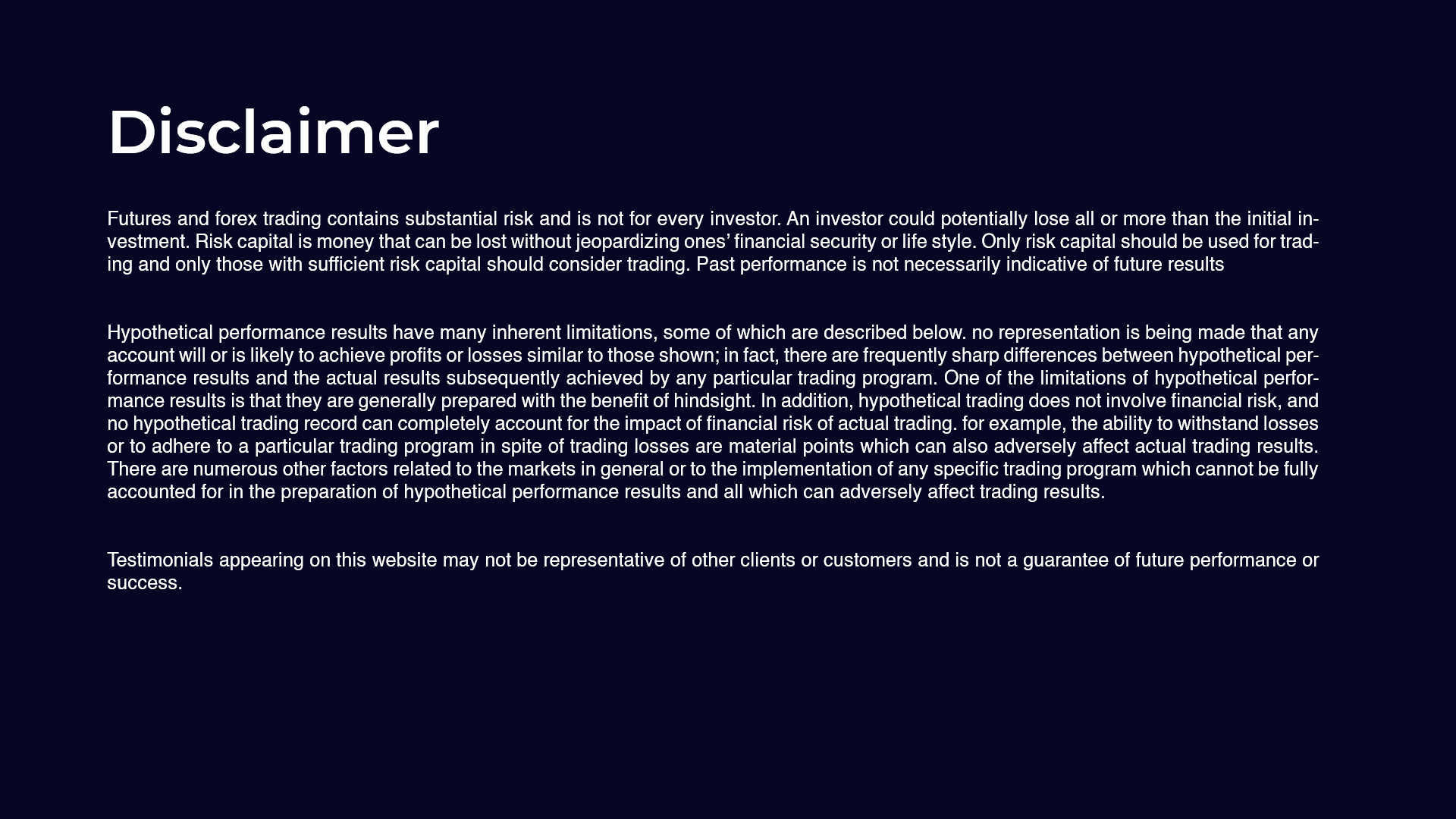In the last installment on Options I wrote about how time and its indicator theta impact the pricing and profitability of options. Now we are going to delve into strategies to negate theta’s detrimental effects or even put theta on our side. The three strategies I want to talk about are Vertical Spreads (sometimes called Debit Spreads), Calendar Spreads, and Diagonal Spreads. These are called spreads because they involve buying and selling two different option contracts at the same time to place the trade. All of these strategies are directional in that you must begin with your assumption of where the price of the underlying stock will go. Once you’ve picked your direction we have to make a decision based on the state of the market or our personal preference on which strategy to use.
The first and most straightforward strategy is the Vertical Spread. In my last article I discussed how time passing creates downside risk to owning a Single Option outright. Some traders may not like this consideration. Single Options may also be overly expensive to our risk profile either because the underlying stock price is large or because implied volatility has jacked up the prices of options. If any or all of these are true then the Vertical Spread is a great choice to mitigate and simplify the trade we want to express.
Vertical Spreads function as the closest thing to owning or shorting shares outright. If we get the direction correct in the underlying there is a very good chance the trade will make money without having to worry about time or implied volatility. The reason we can achieve this is because a Vertical Spread is simultaneously buying a Single at one strike price and selling a Single at another within the same month of expiry. Both will experience time decay and volatility expansion and contraction but should do so at a very similar rate. The majority that remains then is the Delta between them for profit and loss in the trade.
The next strategy of Calendar Spreads separates the time component of the Option between two months. What a Calendar will do is buy an Option at any given strike in a longer dated expiry while simultaneously selling an Option of the same strike in a shorter dated expiry. What this facilitates is a cost reduction in the price of the longer dated option because a trader collects the premium that they sold on the shorter dated option to offset the cost.
The best and ideal situation to put on a Calendar spread is when there is a skew in the implied volatility month to month. In most market conditions implied volatility with increase with longer dated expiries. Sometimes there can be expected events coming that increase the implied volatility in the short term such as Earnings announcements or rumors. Buyout rumors, litigation rumors, and other things that people think may move the price of the stock are most often overblown.
Calendar Spreads are low risk trades that also benefit from implied volatility expansion. In low implied volatility markets traders use them to capture and expected rise in implied volatility across the Option chain. Using out of the money Calendar spreads can better express directional bets where the implied volatility scenario is favorable with the reduce risk and time concerns.
The final strategy to talk about are Diagonal Spreads. These are a hybrid of Vertical and Calendar Spreads. The formation of a Diagonal Spread is buying a longer dated expiry option in one cycle and selling an Option at a different strike in a different month. It is important to note that most default setups for Diagonal spreads begin with selling an Option in the near dated expiry closer to in the money while buying an Option in the longer dated expiry more out of the money. The disadvantage to this is that such a strategy incurs unlimited risk. If the direction of the trade goes against you the sold Option accelerates its drawdown while the bought Option cannot keep up.
Diagonals with fixed risk involve buying a longer dated expiry out of the money and selling the next strike out from the bought leg in a nearer expiry. Sometimes you may not find a good scenario for this. If the bought Option will cost $2.00 and the only option to sell in this recipe will yield $0.10 then it is not worth putting on. Ideally you would like to “buy down” the cost of the option by selling 25% or more against it with a sold leg.
Like Calendars, Diagonals benefit from a skew in implied volatility from one expiry cycle to another. They also benefit from being put on in low implied volatility times and the underlying experiencing volatility expansion. Diagonals can be traded as a directional bet used to express a trade in a direction of the underlying stock price that should fall within some range within some time.
The ideal situation is that the sold leg of the trade is farther away from the bought leg such that the sold Option will completely expire worthless while the bought leg retains much of its value. At that point a trader gets to retain the unlimited profitability of the bought Single after having offset the cost. If both Options go in the money before the sold leg expires the profitability will be have diminishing returns but will not go against the trader if done in the way I described.
There are a range of ways to express trades in stocks using Options. If you want to have time work on your side then consider hedging your Option plays with a sold leg as part of the trade. The tricky part of Diagonals and Calendars is that your timing must be on point with technical analysis. If you want to avoid complications and the considerations of time and volatility then my suggestion is to go with Vertical Spreads. Ultimately keeping it simple can be the best way to trade smoothly and confidently.

